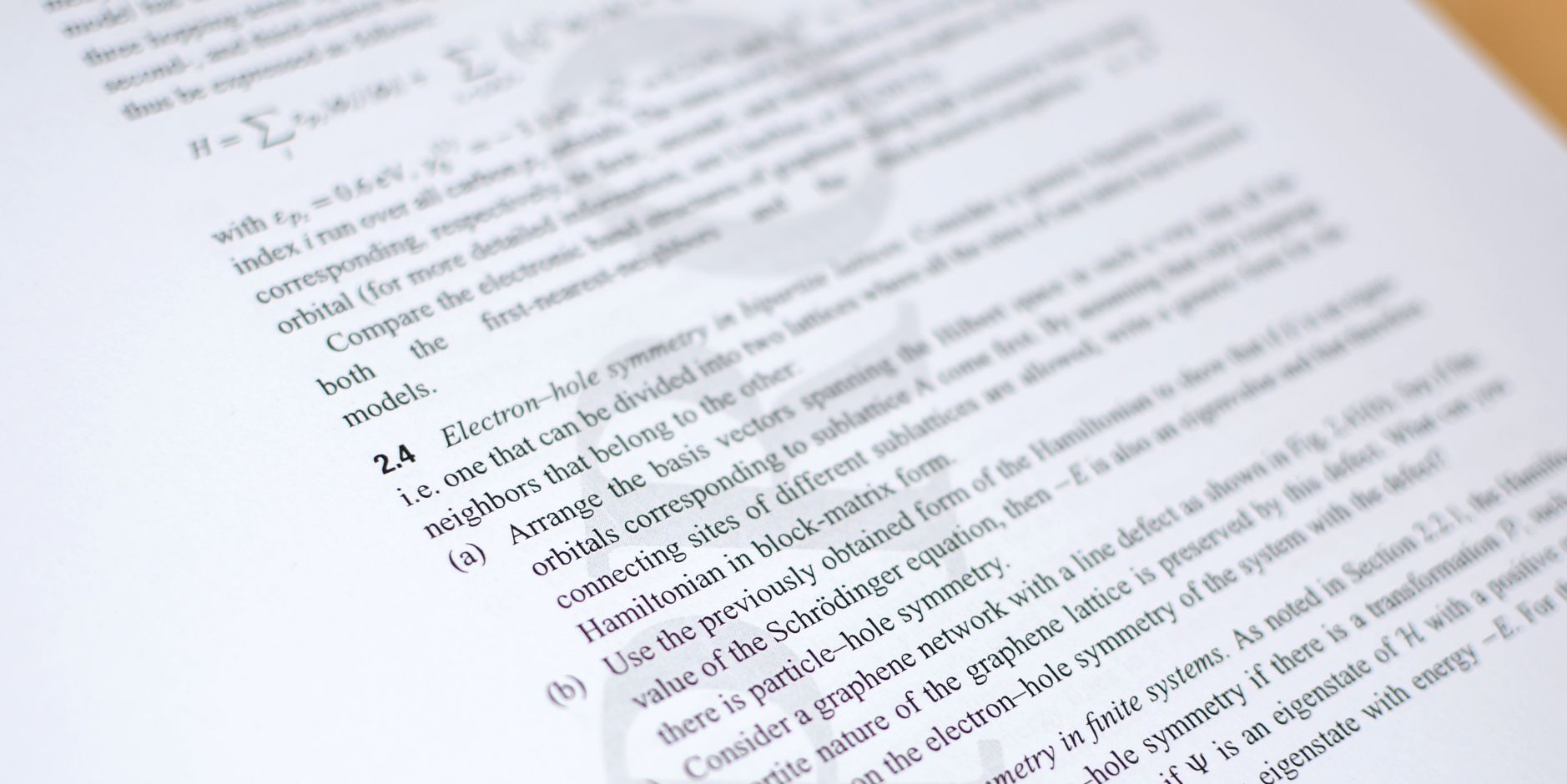Preview →
Here we provide a collection of links to freely available resources related to graphene, coding and useful software.
Graphene with Wolfram’s Mathematica
Wolfram Demonstrations involving graphene
Graphene explorations at the Mathematica Summer School on Theoretical Physics 2010.
Electronic Structure and transport packages for Python
There are a few packages available for the calculation of the electronic and transport properties of nanomaterials. In contrast to usual DFT codes (some of which are also able to compute transport properties), these codes are built into the programming language (Python) and can be used to build your own scripts on top of them.
- PythTB: Python Tight-Binding is a package developed at Rutgers University by the group of David Vanderbilt. It allows to compute the electronic structure and topological properties of nanomaterials (1d, 2d or 3d) in an elegant way.
- Kwant: The kwant package was released in late 2013 and offers a very nice platform for computing the transport properties of nanodevices. Kwant harnesses the power of MUMPS for solving sparse systems of equations. We encourage you to contribute to this initiative for the benefit of the whole community.
Coding in Python
Although old good Fortran and C++ are the prevailing languages in Physics and Chemistry, Python offers a much steeper learning curve while keeping a nice set of libraries for numerics. For those new to Python, we recommend the following resources:
- Books on Python.
- Code Like a Pythonista: Idiomatic Python
- Learn Python and test your skills at Code Academy
A few links that I recommend to anyone new to Python:
Things I Wish Someone Had Told Me When I Was Learning How to Code
